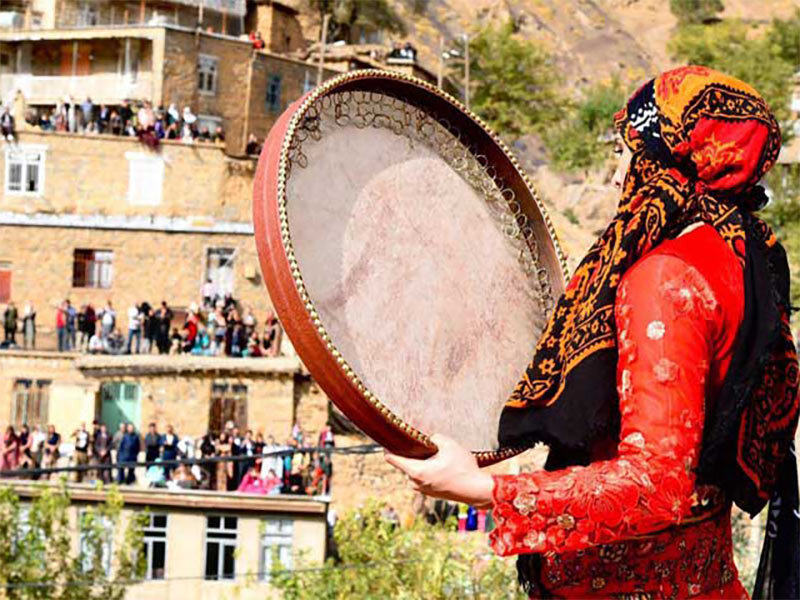Western Iranian provinces claim bigger share of tourist flow

TEHRAN – Despite having vibrant natural landscapes, countless historical sites, and above all, hospitable people, western Iranian provinces are still somehow lesser-known compared to other parts of the ancient land.
“[Many] domestic tourists have not heard the names of various cities in western Iran… In fact, [when it comes to tourism] those destinations have not been introduced or advertised properly,” the deputy tourism minister Ali-Asghar Shalbafian said on Thursday.
To diversify tourist destinations and take advantage of its capabilities, our goal is to define new tourism routes with an accentuation on western Iranian provinces, the official explained.
“In recent months, one of the priorities of the ministry has been tourism development in the west of the country,” the official said.
He made the remarks addressing an online conference on tourism and development organized by Kordestan University in western Iran.
“While the western axis of the country has unique natural and historical potentials, it is also important in terms of access to shopping markets.”
According to organizers, the conference was aimed to examine the barriers and problems of tourism development and to propose novel solutions to attract domestic and foreign investment. Moreover, attendees exchanged views on the role of proper tourism infrastructure to achieve sustainable development.
Over the past couple of years, western Iranian provinces have held several meetings to discuss ways to expand tourism, bringing together local officials, hoteliers, travel agents, and tour operators from provinces of Lorestan, Ilam, Chaharmahal-Bakhtiari, Kohgiluyeh and Boyer-Ahmad, Kermanshah, Kordestan, Hamedan, Zanjan and East Azarbaijan, amongst others.
One of the potentially-significand travel destinations in the west wing is the Uramanat cultural landscape, which was registered on the UNESCO World Heritage list last year.
Stretched on the slopes of Sarvabad county at the heart of the Zagros Mountains, and shared between the provinces of Kordestan and Kermanshah in western Iran, the scenic landscape embraces hundreds of villages, 106,000 hectares of land, and 303,000 hectares of surrounding properties.
It boasts dense and step-like rows of houses in a way that the roof of each house forms the yard of the upper one, a feature that adds to its charm and attractiveness.
Archaeological findings dating back about 40,000 years, caves and rock shelters, ancient paths and ways along the valleys, motifs and inscriptions, cemeteries, mounds, castles, settlements, and other historical evidence attest to the continuity of life in the Uramanat region from the Paleolithic to the present time.
According to the UN body, Uramanat is an exceptional testimony to a cultural tradition of the semi-nomadic agropastoral way of life of the Hawrami people, a Kurdish tribe that has resided in the Zagros Mountains for millennia. This outstanding cultural tradition is manifested in the ancestral practices of transhumance, the mode of seasonal living in Havars, steep-slope terraced agriculture, soil and water management, traditional knowledge for planning and constructing steeply terraced villages, and rich diversity of intangible heritage, all reflecting a harmonious co-existence with nature.
The Islamic Republic expects to reap a bonanza from its numerous tourist spots such as bazaars, museums, mosques, bridges, bathhouses, madrasas, mausoleums, churches, towers, and mansions, of which 26 are inscribed on the UNESCO World Heritage list.
AFM
Leave a Comment